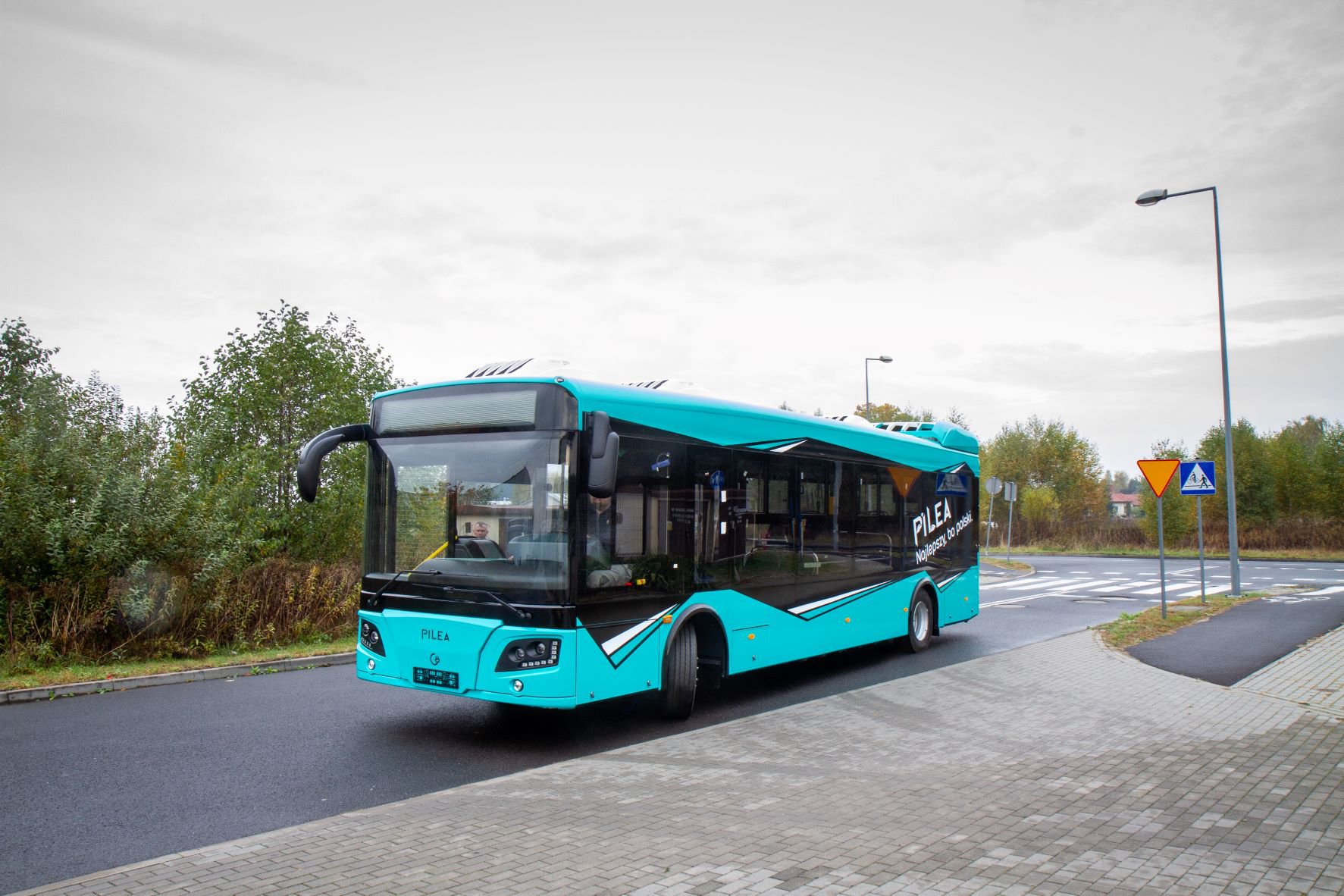





-
Application
- Industry
- Heating industry
- Individual solutions
- Law regulations
- Certification
- Research and development
- Public perception
- Investment map
-
Transport
- Hydrogen buses
- Hydrogen trains
- Special vehicles
- Law regulations
- Certification
- Research and Development
- Public perception
- Investment map
-
Production
- Technology
- Green hydrogen from Renewable Energy Sources
- Grey hydrogen
- Hydrogen production from biomass
- Law regulations
- Certification
- Research and development
- Public perception
- Investment map
-
Transmission, Storage



Cookies
Informujemy, iż w celu optymalizacji treści dostępnych w naszym serwisie, dostosowania ich do Państwa indywidualnych potrzeb korzystamy z informacji zapisanych za pomocą plików cookies na urządzeniach końcowych użytkowników. Pliki cookies użytkownik może kontrolować za pomocą ustawień swojej przeglądarki internetowej. Dalsze korzystanie z naszego serwisu internetowego, bez zmiany ustawień przeglądarki internetowej oznacza, iż użytkownik akceptuje stosowanie plików cookies. Czytaj więcej Polityka prywatności
Transport
Ready for hydrogen, that is Polish way for transsition period
Hydrogen in transport is not a new technology, but a barrier to its implementation in Poland may currently be the high cost of purchasing rolling stock and the lack of filling stations. A transitional solution is to purchase new vehicles which can be equipped with fuel cells, for example, in 7-8 years. Pesa and ARP E-Vehicles are to offer such rolling stock.The relatively high price of hydrogen for transport applications, lack of infrastructure and uncertainty about maintenance costs throughout the vehicle life cycle. These are the main factors for which actors potentially interested in hydrogen, e.g. in public transport, face a challenge. On the one hand, the available financing makes it profitable to buy fuel cell vehicles, but on the other hand, the first years of its use can be much more expensive than, for example, a battery electric bus.
A solution would be to buy a battery-electric bus or a rail vehicle with a diesel engine, which in a few years can be equipped with hydrogen fuel cells. Polish manufacturers are working on such concepts.
ARP E-Vehicles, a company owned by the Industrial Development Agency, is producing the PILEA electric bus. The vehicle's platform has been designed from scratch and includes a number of innovative solutions, including a low-floor construction, despite mounting the entire battery under the floor. Although the bus only has a battery version for now, the company does not rule out introducing a battery version ready for hydrogen conversion in the future.

- With the development of hydrogen refuelling infrastructure and the falling price of this fuel, as well as the rising price of electricity, such an option could be very interesting. It could provide a lot of flexibility in terms of the cost of maintaining the vehicle over its lifetime, which is 12-14 years for electric buses, and usually after 7-8 years the battery pack already needs replacing anyway. This is when they can be replaced and a fuel cell installed. The basic element of the propulsion system in the form of an electric motor does not need to be replaced - says Mariusz Wdowczyk, CEO of ARP E- Vehicles.
Pesa is working intensively on hydrogen drives. In cooperation with PKN Orlen, it has presented a project for a shunting locomotive powered solely by hydrogen cells. The prototype was shown at the September Trako Fair, and next year the unit is to be put into service at the refinery in Płock. Its propulsion system consists of four asynchronous motors with a rated power of 4x180 kW, two traction inverters with auxiliary converters and a traction battery in LTO (lithium-titanium) technology with two sets of hydrogen cells.
The experience gained from this project will pay off in the implementation of hydrogen propulsion in passenger vehicles. Pesa's first passenger vehicle will be able to be powered from two sources - the traction network and hydrogen cells, but not necessarily in a hybrid system. The company plans to develop this family of trains also based on the hydrogen ready concept. It assumes that during the P4 level inspection the whole power unit can be replaced from diesel to hydrogen. This solution may be interesting for operators who do not want to switch to hydrogen yet, but due to the long service life of the rolling stock, will leave themselves a door open for a smooth transition to the new fuel without having to replace the entire fleet.

Converting from battery-powered or internal combustion engines to hydrogen is a very interesting concept. It allows public transport to prepare for zero-emission solutions with a much longer transition period. Additionally, the carrier has a chance to decide on the type of propulsion and to speed up the conversion if e.g. a drop in the price of hydrogen makes it possible to finance it earlier than after 7-8 years
prof. Marek Brzeżański, Head of the Department of Motor Vehicles at the Faculty of Mechanical Engineering of the Krakow University of TechnologyRedakcja





